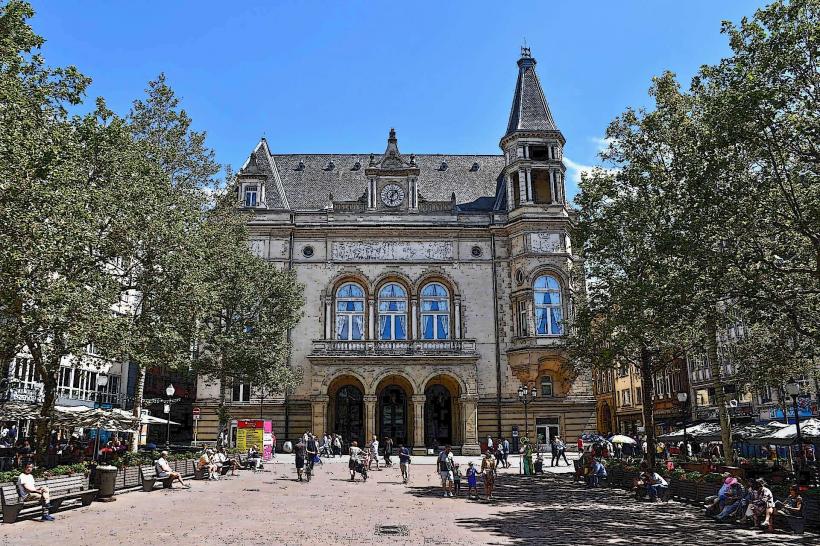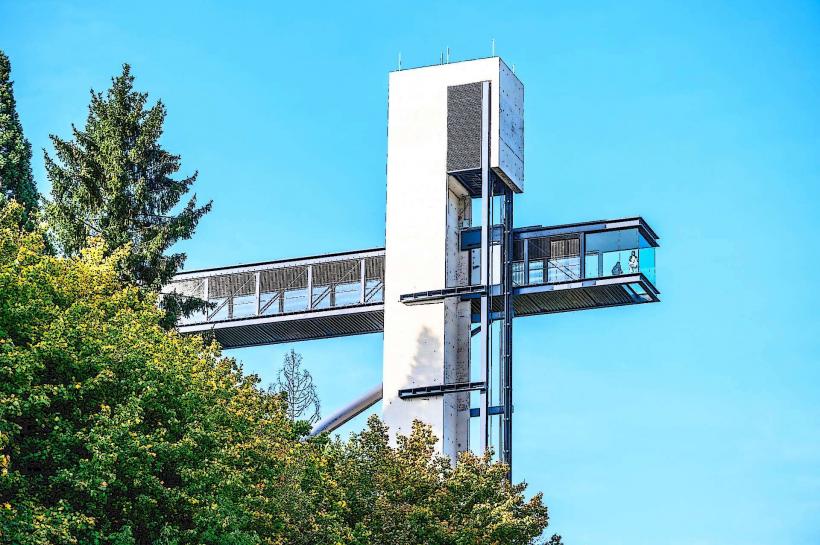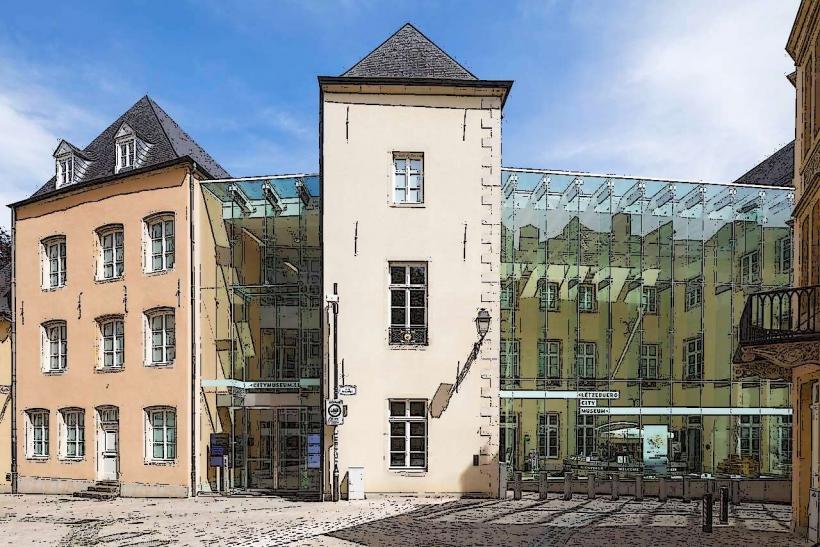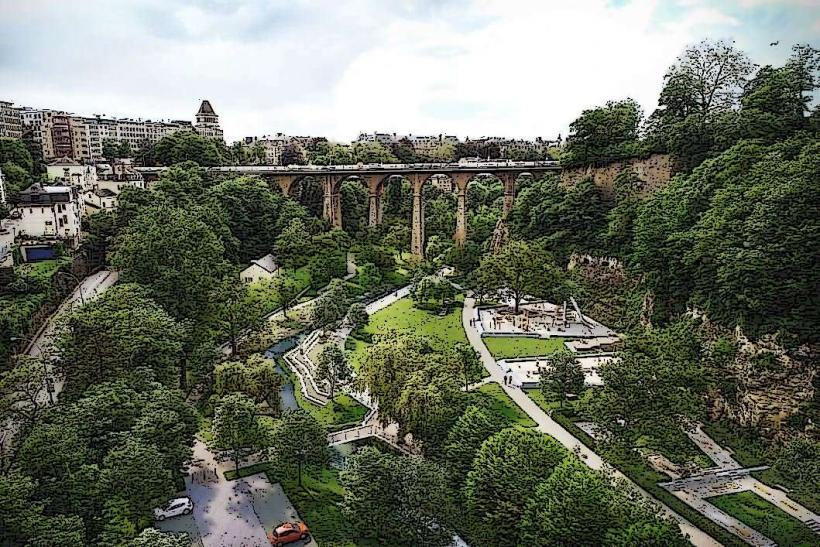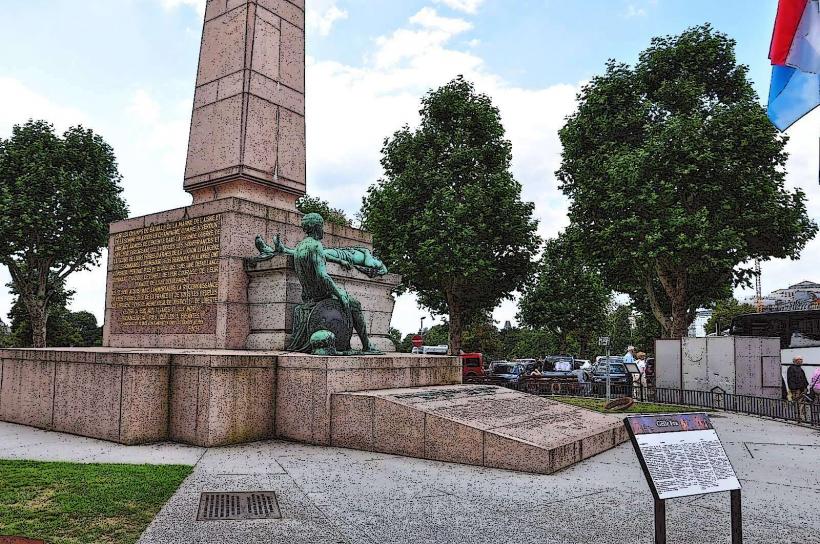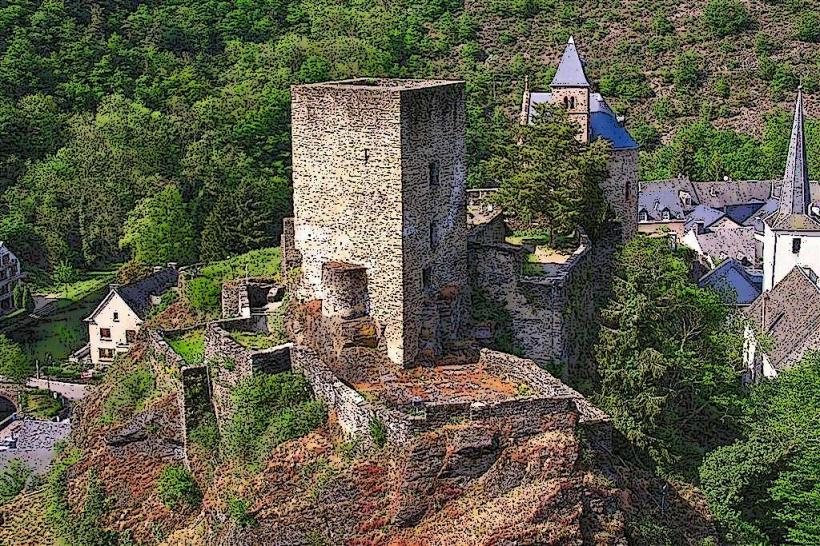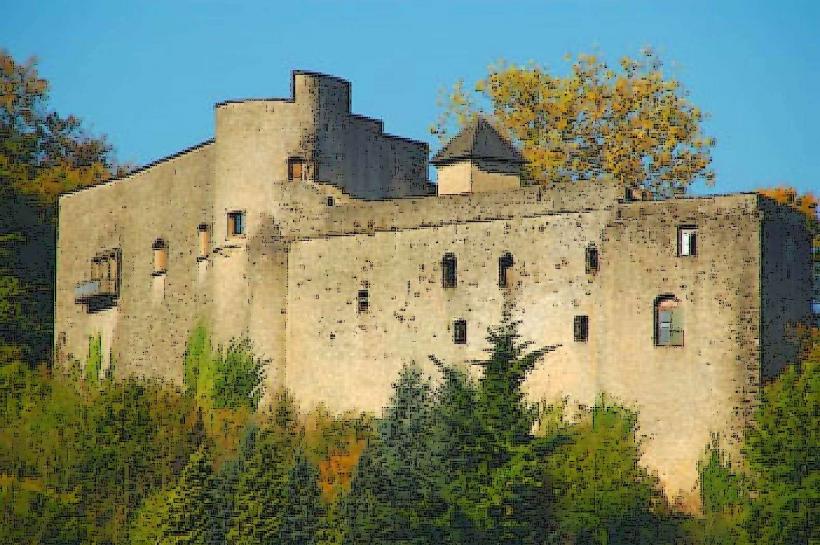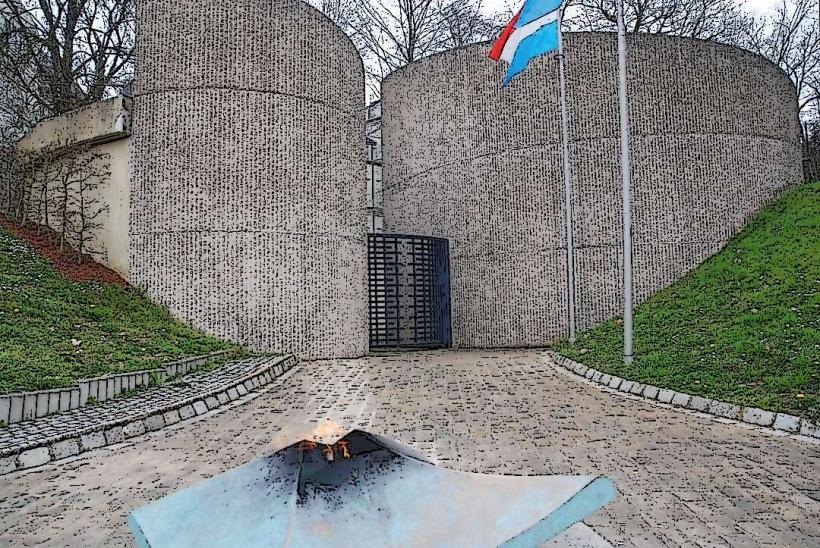Information
Landmark: Bock CasematesCity: Luxembourg City
Country: Luxembourg
Continent: Europe
Bock Casemates: A Detailed Overview
The Bock Casemates (Casemates du Bock) are a historic network of underground tunnels and fortifications located in the Luxembourg City. They represent one of the most significant remnants of the city’s military history, providing a glimpse into Luxembourg’s past as a fortified stronghold. The Bock Casemates are part of the city’s extensive fortifications, which have earned Luxembourg the nickname "Gibraltar of the North."
Location and Setting
- Location: The Bock Casemates are located on the Bock promontory, a cliff that overlooks the Alzette River and the Valley of the Pétrusse. The site is in the historic Ville Haute (Upper Town) district of Luxembourg City.
- Scenic Views: From the Bock Casemates, visitors are treated to panoramic views of the city’s old town, including the surrounding cliffs, valleys, and nearby areas. The vantage point provides insight into the strategic importance of the site in Luxembourg’s military history.
History and Significance
- Early Origins: The Bock Casemates date back to the 17th century during the time when Luxembourg was under Spanish rule. The original fortress was expanded and fortified to defend the city from military threats.
- Expansion by the French: In the 18th century, after the French took control of Luxembourg, they expanded the fortifications and created a system of tunnels and casemates that could house soldiers and serve as military storage, especially for gunpowder. The casemates were designed to be hidden from enemy view while offering an effective means of defense.
- Strategic Importance: Over the centuries, the Bock Casemates were part of Luxembourg's defense system, which was one of the most formidable in Europe. The casemates allowed the defenders to hold the high ground and control access to the city, contributing to Luxembourg's nickname as the "Gibraltar of the North."
- Modern History: The fortifications remained in use until the 19th century, when they were abandoned as military technology and tactics evolved. In 1867, following a treaty with European powers, Luxembourg was forced to dismantle much of its fortifications. However, the Bock Casemates were preserved and became a UNESCO World Heritage site in 1994 as part of the Fortifications of Luxembourg City.
Architecture and Structure
- Underground Network: The Bock Casemates consist of a complex series of tunnels, galleries, and rooms carved into the sandstone rock beneath the Bock promontory. The tunnels were designed to accommodate large numbers of soldiers and military supplies while being shielded from attacks.
- Casemates: The term "casemate" refers to fortified chambers or rooms built into the fortifications. The Bock Casemates were equipped with living quarters, storage areas, and artillery positions. Some sections of the tunnels were designed for the safe movement of troops and supplies.
- Defensive Features: The tunnels were equipped with cannons and other artillery pieces, and they provided protection from enemy bombardment. The entrance and exit points were carefully concealed to maintain the element of surprise.
- Ventilation and Lighting: The tunnels were designed with ventilation shafts to ensure a steady flow of air, and some areas were equipped with primitive lighting systems. The design allowed defenders to live and operate in the tunnels for extended periods without needing to surface.
Tourism and Visitor Experience
- Public Access: Today, the Bock Casemates are open to the public as a major tourist attraction in Luxembourg City. Visitors can explore the tunnels, learn about their history, and experience the underground environment where soldiers once lived and worked.
- Guided Tours: Guided tours are available, providing a deeper understanding of the history and significance of the casemates. The tours typically cover the development of Luxembourg’s fortifications, the strategic role of the casemates, and how they were used during various military conflicts.
- Exhibits and Information: Inside the casemates, there are informational signs and exhibits that explain the history of the site, the construction of the tunnels, and the importance of the casemates in Luxembourg’s defense system. Visitors can see examples of old military equipment and artifacts, offering a historical perspective on the site.
- Accessible Paths: The Bock Casemates are accessible via steps and walkways that lead into the underground chambers. The tour also includes access to the upper promontory, where visitors can enjoy the views over the city and surrounding landscapes.
Key Features
- Fortification Towers: Some of the original watchtowers and defensive walls are still standing, giving visitors a sense of the scale and purpose of the fortifications. These towers would have been used to spot approaching enemies and provide cover for troops stationed in the casemates.
- Panoramic Views: From the top of the Bock promontory, visitors can see the Pétrusse Valley, the Grund district, and other parts of Luxembourg City. The view highlights the strategic position of the casemates and the fortress, as it allowed defenders to observe the surrounding area.
- Historic Tunnels: As visitors walk through the tunnels, they can see the narrow, dimly lit passageways that would have been used by soldiers. The tunnels stretch for over a kilometer, and while many sections have been preserved, some parts of the casemates remain closed to the public for safety reasons.
Cultural and Historical Role
- UNESCO World Heritage: The Bock Casemates are part of the Fortifications of Luxembourg City, which were inscribed as a UNESCO World Heritage site in 1994. This designation recognizes the historical significance of the city’s fortifications, which are a testament to Luxembourg’s military history and architectural ingenuity.
- Symbol of Luxembourg's History: The Bock Casemates serve as a reminder of Luxembourg's past as a fortified city and the many military sieges it endured. The casemates are also a symbol of the country's strategic location in European history.
Atmosphere and Essence
Exploring the Bock Casemates is like stepping back in time. The cool, dimly lit tunnels provide a dramatic contrast to the modern, bustling city above. The casemates offer an immersive experience that lets visitors imagine what life was like for the soldiers who once used them. With its combination of historical importance, architectural wonder, and panoramic views of Luxembourg City, the Bock Casemates are a key destination for anyone interested in Luxembourg’s military and cultural heritage.
In summary, the Bock Casemates are not just a fascinating historical site but also a symbol of Luxembourg's long-standing strategic importance in Europe. With their intricate tunnels, defensive structures, and stunning views, the casemates provide visitors with a unique opportunity to explore the city's past in a very tangible way.






